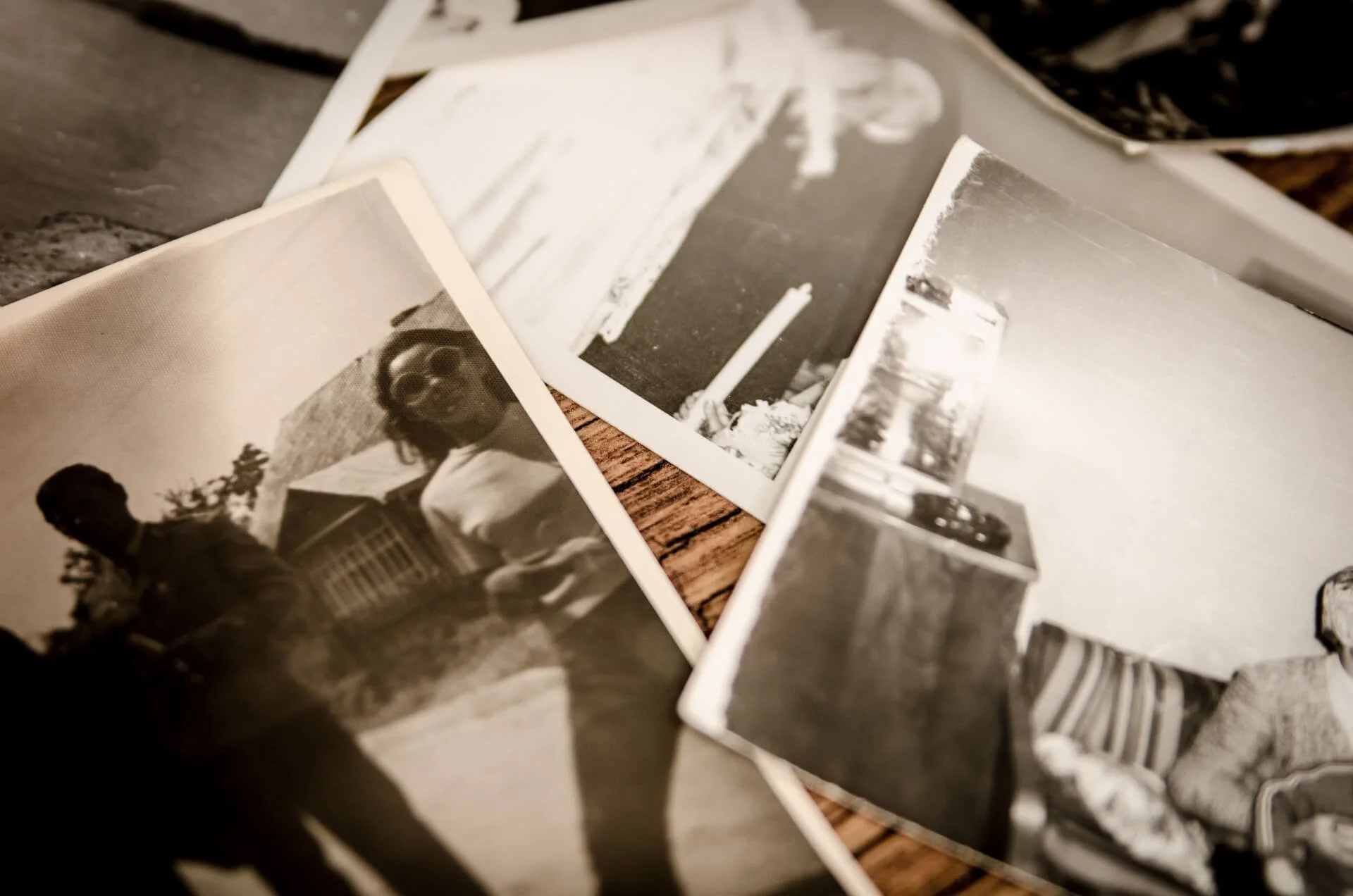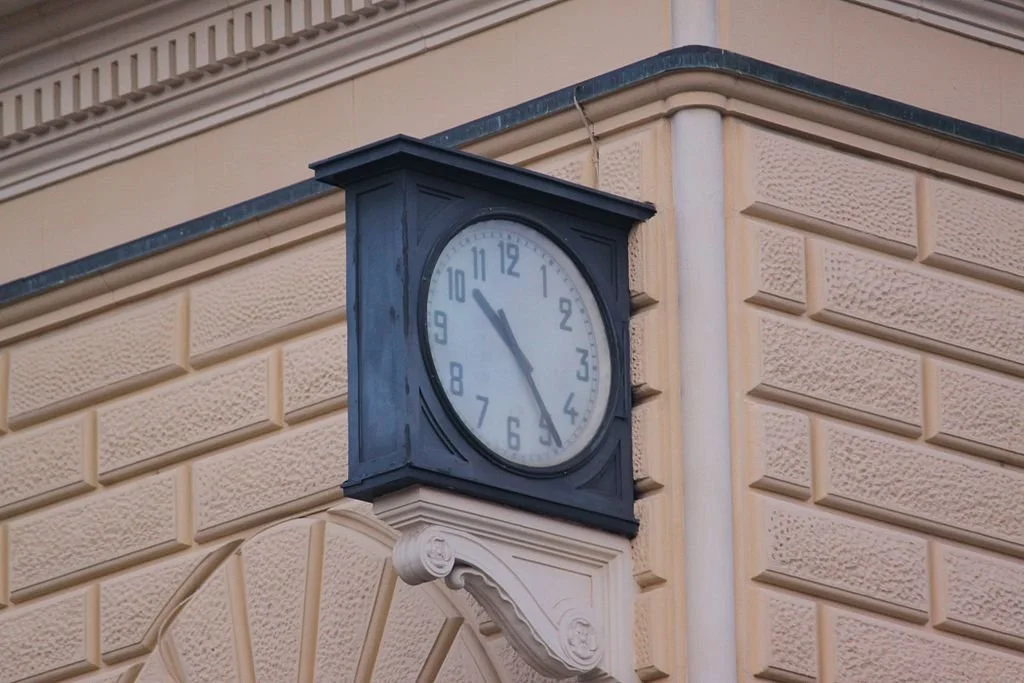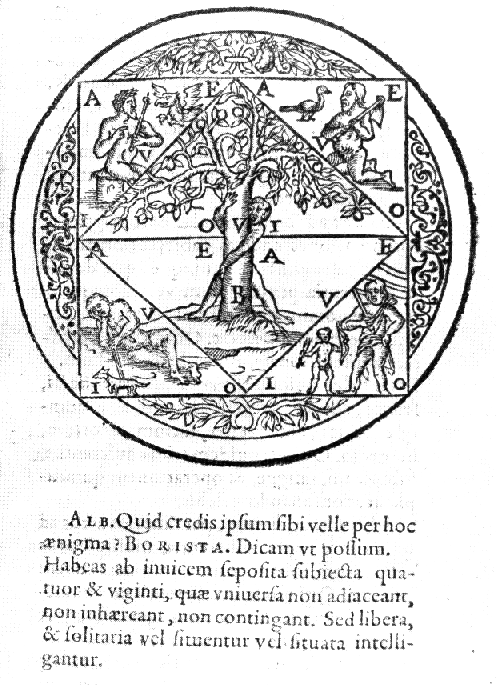Memory: Can We Trust the Stories that Shape Us?
What is your earliest memory? Where were you? What season was it? Was the sun shining? Clouds in the sky? How old were you? Were you alone? What were you wearing? What did you smell? Were you happy or confused, sad or dreamy?
The world created by memory lives inside our minds. We believe it is an inviolate reservoir of facts. This is what happened, we say. I remember it clearly. And yet if you ask yourself the same questions stated above several weeks apart, you may discover your earliest memory has altered, expanding some details, subtracting others, or offering up a completely different image. Let’s face it: “facts,” as memory sees them, are not stable.
As long ago as the Greek philosophers, we were attempting to unravel the mystery of memory. For centuries, memories were thought to embed themselves in our brains like a stamp onto soft wax, stored forever in archival files. Current cognitive neuroscience conceives memory as a more creative and adaptive system, a complex interconnected neural network involving many areas of the brain. Even when specialized areas of the brain are damaged, causing speech and memory deficits, other parts of the brain can step in to complement the injured functions. This is what’s truly remarkable about the brain: its plasticity, its capacity to transform through learning.
Research on memory continues to unfold, but what we do know is that memory is fallible, and shockingly so. Most of our most cherished memories are confabulations, an intricate blend of fragments from our past, images from dreams, movies, books, and even other people’s memories assimilated as our own. This is the fantastic, frustrating, perplexing nature of memory: it is endlessly redefining and refining what we remember. Ask three siblings about a shared experience and you are likely to get three different versions of the event.
In his autobiography Uncle Tungsten: Memories of a Chemical Boyhood, the renowned neurologist and author Oliver Sacks detailed a memorable childhood event that occurred one evening during the Nazi bombing of London when his family members tried to douse an incendiary bomb with water. With immaculate specificity and the astute eye of a scientist, Sacks wrote:
“There was a vicious hissing and sputtering when the water hit the white-hot metal, and meanwhile the bomb was melting its own casing and throwing blobs and jets of molten metal in all directions.”
He remembered, unequivocally. droplets of white-hot aluminum oxide from the thermite bomb cascading over the lawn. He had been seven at the time.
Only later, after his book was published, did he discover that he and his brother Michael had been away at boarding school when the bomb landed and that his recounting of the incident could not possibly have been an eyewitness account. The details he recalled were from a vivid letter written by his older brother who had been home at the time.
Our flawed memory unnerves us. We count on memory to validate reality. As our brains develop, we begin to create an autobiographical first-person narrative that defines who we are. Our identity formation depends on memories strung together into a recognizable story. (Autobiographical Memory.) In childhood, remembering positive choices and outcomes enhances a positive sense of self. We also remember bad choices and their consequences, which enables us to make better choices in the future. When neurodevelopment is interrupted or delayed, by trauma, illness, poverty, or other factors, children have a harder time using memory to assess how to relate to a situation or prevent negative patterns from repeating. Their sense of self lacks the support of positive memories to reinforce a positive self-image.
What we remember about ourselves shapes the stories we tell about who we are, which in turn shapes who we become. The art and science of psychoanalysis, of talk therapy, in general, respects the role of memory and its significance in our mental health. Examining long-held stories spun from memory and placing them in the context of a life history and a family history elucidates and untangles, and importantly, revises the hurts of the past. People with memory disorders face an inability to retrieve a coherent past. Sufferers of neurodegenerative diseases lose a cohesive sense of self as they experience the erasure of personality. As Sacks writes in his book, The Man Who Mistook His Wife For A Hat, “If a man has lost a leg or an eye, he knows he has lost a leg or an eye; but if he has lost a self—himself—he cannot know it, because he is no longer there to know it.”
For those of us who have witnessed the ravages of memory loss, the rupture of mental processes shakes us to the core. I’ve been drawn to explore the byways of memory for both artistic and personal reasons. Several years ago, my sister was diagnosed with and subsequently died of early-onset Alzheimer’s disease. As my sole sibling and only living member of my family, she alone carried the memory of our shared childhood. As her mind dissipated and she began to weave fantastic tales from the images that remained, I realized I would soon lose the only person alive who could corroborate my memories. After she died, to work with grief, I plunged into writing my second novel, which explores family secrets, intergenerational trauma, and how what seems to be forgotten in the family line never really is.
Sacks’ faulty memory about the Blitz bombing did not have serious consequences, but when a witness’s unreliable memory results in a defendant’s prison sentence, or when public policy is based on invalid eyewitness reports, the consequences can be disastrous. Nor are photographs or digital images to be trusted. Photoshop and a slew of other technological advances can change our reality by altering images of real events and inserting them into our collective consciousness. How do we separate the real from the fictitious? The imagined from the remembered? And does it matter? Could it be that our memories are not just the vessels in which events are stored but are the foundation of our beliefs and values?
In the 1950s, when anti-communist sentiment was raging in this country, noir thrillers and futuristic science fiction movies became dramatically paranoic, centering around foreign regimes or space-aliens intent on reprogramming our brains. Words like “thought control,” “indoctrination,” “brainwashing” filled our nightmares. Popular culture featured movies like The Invasion of the Body Snatchers. Grotesque extraterrestrial pod people were dropping into our world, intent on colonizing our bodies. The contested territory was not land or empire, but our minds. The Manchurian Candidate, a 1962 film, featured a POW returned from the Korean War. Memories of his former life and allegiances had been wiped out. As a robotic puppet of the nefarious enemy, he had been programmed to assassinate the U.S. president. A year after the film was released, John F. Kennedy was assassinated, and the movie was pulled from circulation. Life seemed to be confirming fantasy.
A more recent example is The Handmaid’s Tale, a 1985 novel by Margaret Atwood that tells the dystopian story of Offred and her Handmaid sisters, slaves in mind and body to their masters in the new Gilead, where memory of the past is forbidden. But Offred has flashbacks to the before-time, pre-Gilead. Images of her loved ones appear in dreams and waking fantasies. These are forbidden as is all mention of the past, its values of individual freedom and compassionate humanity.
Throughout history, entire populations, nations, and empires have been coerced to annihilate the past so that a new regime can flourish. Chairman Mao understood this as did Stalin, as do all authoritarian regimes. In our own country, amid much debate, we are in the process of collectively remembering the unspoken stories of the indigenous peoples and the enslaved.
Even when faced with exile, gulags, beatings, torture, or the invasive progression of disease, the mind mutinies and remembers. Even suffers from dementia can be spontaneously gifted with gems of memory. Until the very end, I would sit with my sister and she would suddenly take my hand and start swinging it, as if we were children again. The old mischievous brightness would return to her eyes. Remember the time, she would say, and with absolute clarity she would tell me a story from our youth.



